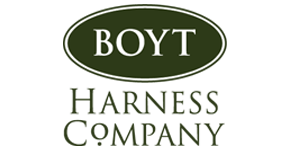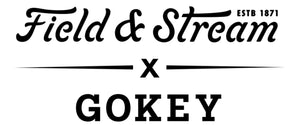Bizarre Behaviors & Canine Compulsive Disorder
Spinning your wheels about your dog?s constant tail chasing? Undesirable behaviors in dogs are often misinterpreted as lack of training or discipline. There is much to be learned about canine behavior through the lenses of careful observation, examination, and diagnostic testing that may be missed by the casual onlooker. One such behavior category deals with repetitive non-functional behavior patterns, such as tail chasing, over-grooming, and pica. For dogs, this collection of behaviors is coined Canine Compulsive Disorder (CCD).
Is it related to lack of training?
Complexly, the answer to this is both yes and no. Canine Compulsive Disorder is a mental disease similar to Obsessive-Compulsive Disorder (OCD) in humans. Dogs with compulsions usually have underlying anxiety that needs to be addressed. Depending on the behavior and severity of symptoms, maladaptive behaviors caught early may be corrected through appropriate training or retraining of both the dog and its human companions. In many households, dog owners may be inadvertently reinforcing undesirable behaviors, which progress to worsening habits over time if not curtailed. Discipline alone will NOT fix the problem. Some dog owners find that professional psychological help and a relaxing environment complete with calming beds for dogs in helping to curb behavioral issues. Mental health or illness in dogs, like humans, has both physiological (i.e. brain chemistry, stress hormones, internal pain) and psychological (i.e. anxiety, fear) components to consider.
What are some stereotypical compulsion behaviors and what breeds have them?
Compulsion behaviors are thought to mirror normal survival skills, such as hunting, grooming, or feeding. Pets perform these behaviors out of instinct, which is the survival mode of basic brain function when it is stressed. Some canine breeds with an apparent hereditary link to compulsions include retrievers, shepherds, collies, spaniels, dobermans, pointers, and terriers.
Common Compulsive Behaviors:
- Spinning or tail chasing
- Licking, overgrooming
- Pica (ingesting non-food items)
- Fence walking/pacing
- Fly snapping (when no bugs are present)
- Light or shadow chasing
- Monotonous barking
How can I help my pet?
Get a professional to help! Never assume an abnormal behavior is a training issue alone. While pet behaviorists are a very beneficial part of the team, ruling out any medical reason for adverse behaviors should be the primary goal. Neurological diseases, chronic pain, infection, parasites and endocrine disease must be ruled out, as these health issues can produce abnormal pet behaviors. A diagnosis of anxiety and a concurrent compulsion disorder needs to be treated in a multimodal fashion, to include identifying and eliminating stressors, counter-conditioning, medication, and environmental enrichment. Owners, veterinarians, and behaviorists can work together to provide the best life for pets with CCD.
### Amanda Burow, D.V.M. (Dr. B), is a graduate of Iowa State University?s College of Veterinary Medicine. Dr. Burow?s patient list includes hunting dogs of all varieties, as well as several field trial dogs and full time sporting guide dogs. In addition to practicing general veterinary medicine, she has special interest in the areas of preventive care, emergency medicine, and dermatology. In her spare time, she enjoys being outdoors and on the lake, staying active, reading, and spending time with family and friends. Mud River is proud to share these tips from Dr. B with our customers. Keep in mind it is best to work with your local veterinarian to determine the needs for your animals.










